Old Cartagena, where I stayed, is about 40 minutes bus ride. My driver enjoyed hanging all of these dangling stuffed animals on his rooftop. The cost of this ride was less than $1 USD to the walled city. Why can't our buses in the US be as cheap and travel to where we want to go so quickly and frequently?
Wall sign plaques change the street names of almost every block in old Cartagena.
This is quite a beautiful old city to wander through and you really do because it seems like each block has a plaque that posts the name of the street and it changes every block or so. That is why I found old Cartagena so confounding compared to the other Colombian cities. All the other cities were laid out in a Calle and Carrera grid system with sequential numbers. No chance of getting lost in that area.
I had my daily breakfast at the Restaurante Coroncoro in the Getsemani neighborhood. The restaurant is right where the motorbike is parked. My breakfast of scrambled eggs mixed with tomatoes and onions, fresh sliced onions and tomatoes, rice, and a hunk of plantain along with cafe con leche was just 6,500COP--$2.50 USD.
Even the local folk were complaining about the 41 C weather. Unfortunately on my second night at the Makako Hostel in the El Centro area, the A/C died and it took about four hours for repair.
Fortunately, I could take some cooling showers, then watch CNN while waiting for the repair. The staff here are really friendly and as helpful to their guests---mostly backpackers. I paid 70,000 per night for my private room with A/C and CNN on the TV. Jackie gave me a 20,000 COP discount because I smiled a lot and asked for a discount for staying there for two nights.
Cuban and Caribbean music floats through the air as I passed by the many bars and restaurants in old Cartagena. This is the best bar in town with live Cuban music and reportedly the best pizza in town is the restaurant above called Balconi.
My biggest meal splurge was at the Cevicheria---a place made famous by Anthony Bourdain. I had three tiger prawns in a tomatoey sauce that were almost as large as small lobsters along with some seafood ceviche in lime juice and coconut juice sprinkled on top with shredded coconut.
After lunch, I toured two museums: The Inquisition which was filled with all types of torture devices and gruesome pictures. There was also a list of 25 questions the inquisitors would ask the supposed witches, like when did you start flying, etc,
The Gold Museum was not gruesome but rather a sad retelling of how the local indigenous people were ravaged by the Spaniards in taking gold precious and religious ornaments and giving them diseases that would kill them off. Also, they showed how Cartagena was a major slave trading port for export to the Americas from Africa.
Here is a view from the bridge of the walled city on my way to the Castillo de San Felipe de Barajas.
This Castillo is the greatest and largest fort built by the Spaniards in their colonies. It was begun in 1630 and expanded through the years to 1762 and was never overtaken despite several efforts.
Here are two views of the Inglesia de San Pedro Claver along with graffiti with its anti-racism theme.
The pricy part of Old Cartagena
More graffiti.
I take the bus at about 7:30pm to Medellin which is in the mountains and not a Caribbean seaport like Cartagena so it may be cooler it was 41 C--- the high 90s again today.
Subscribe to my YouTube Channel
I have recently uploaded all of my travel videos to YouTube now that they allow longer uploads. I have also added other shorter travel videos.
That link is https://www.youtube.com/c/huntforgold
If you do go there, please subscribe to my video channel since it will help me eventually get some income there and help with my future travels.
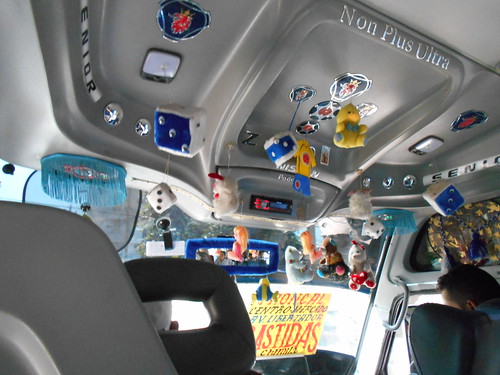
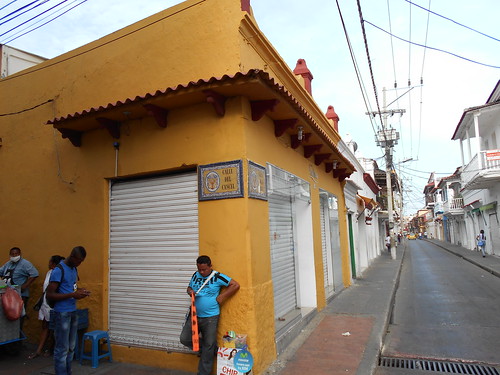
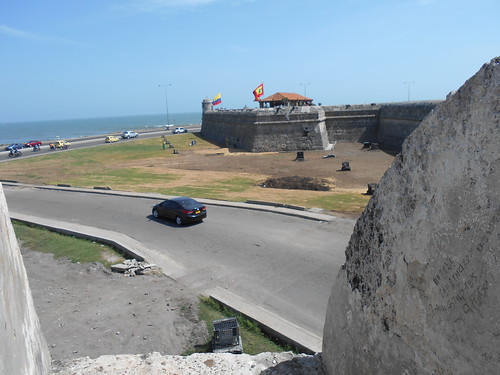
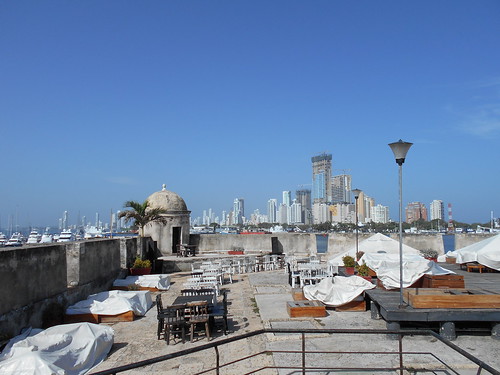

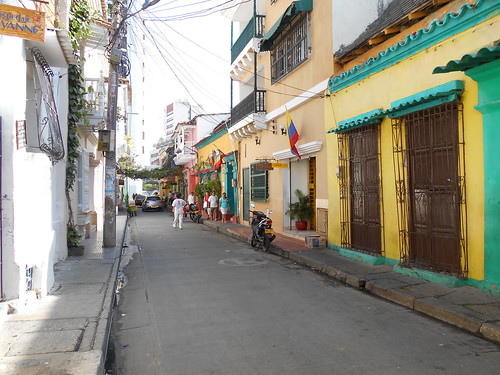
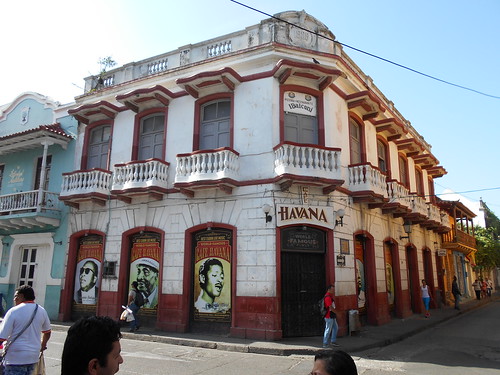
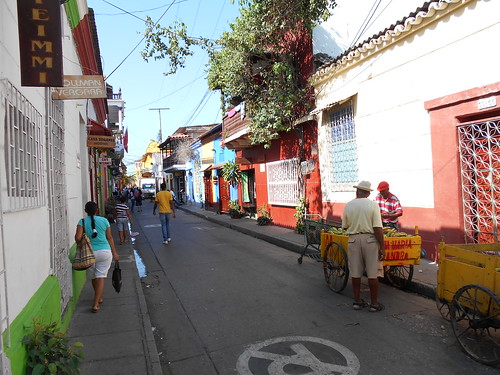


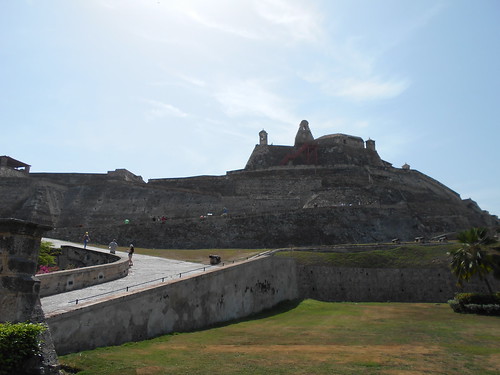
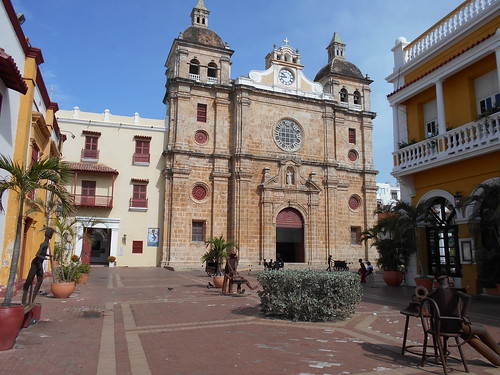
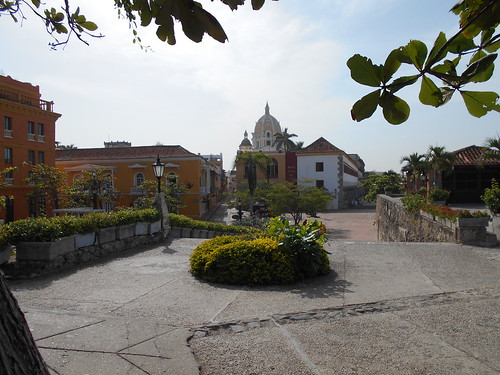
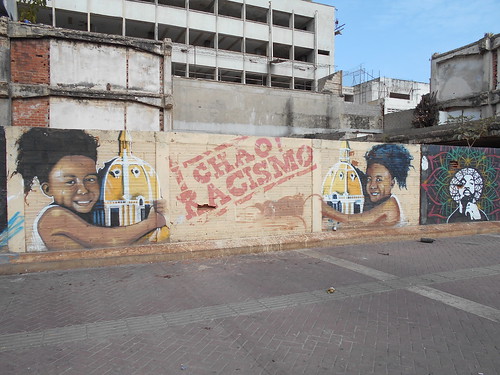
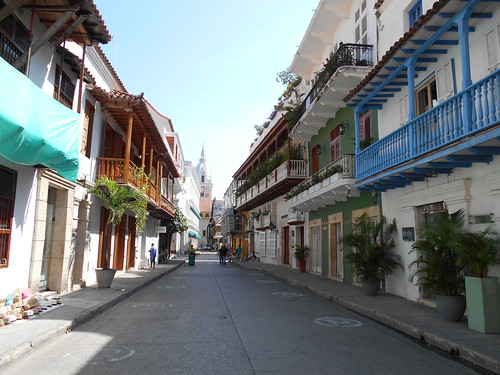
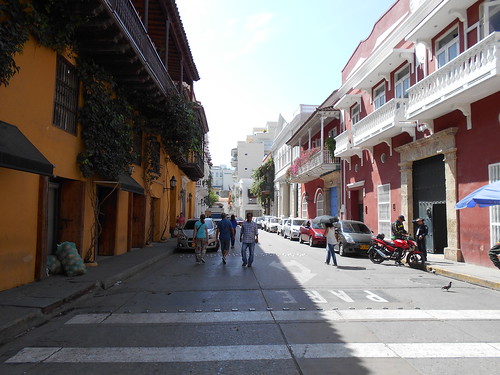
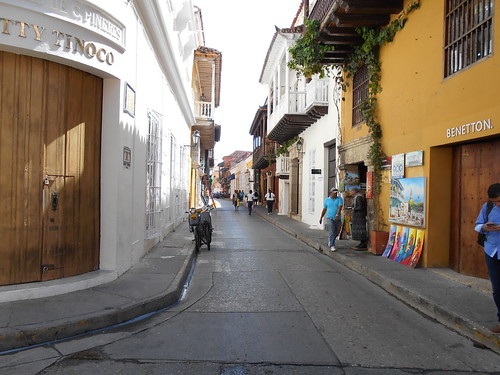

No comments:
Post a Comment